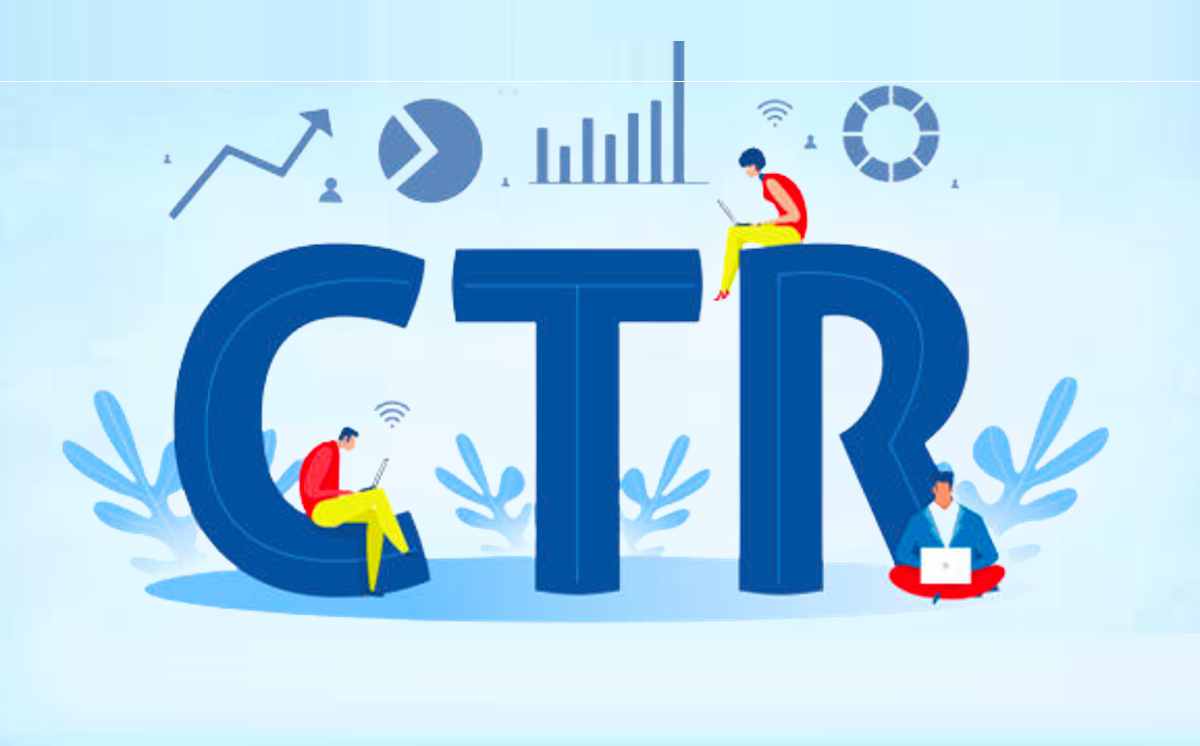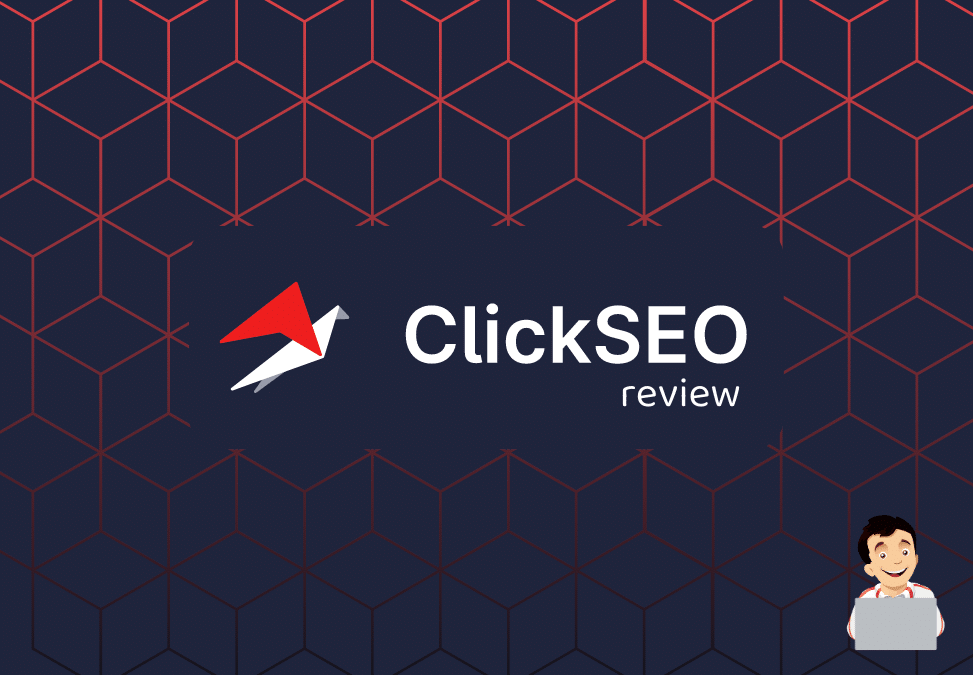Maximizing Organic Click-Through Fees With CTR Control
The optimization of natural click-through rates (CTR) is a nuanced venture that rests on recognizing both customer psychology and effective web content presentation. By leveraging tactical manipulation strategies, such as incredibly crafted headings and visually appealing components, marketing experts can dramatically enhance customer involvement. Nevertheless, the landscape is raging with false impressions and oversimplifications regarding what genuinely drives CTR. As we explore the intricacies of these strategies, it comes to be important to recognize the underlying concepts that can bring about continual success in capturing target market interest. What really establishes apart the effective from the inefficient in this vital aspect of digital marketing?
Recognizing Click-Through Fees
Understanding click-through prices (CTR) is necessary for examining the efficiency of online advertising approaches. CTR determines the percent of customers who click on a details web link or promotion compared to the overall number of individuals who watch it. A greater CTR indicates that the web content is engaging and appropriate to the target audience, while a reduced CTR might indicate a need for optimization.
To determine CTR, divide the number of clicks by the variety of impressions and multiply by 100. If an advertisement receives 300 clicks out of 10,000 impressions, the CTR would be 3%. This metric is vital for evaluating numerous aspects of electronic advertising and marketing, including seo (SEARCH ENGINE OPTIMIZATION), email projects, and social media advertising.
Additionally, assessing CTR helps marketing professionals identify which strategies yield the best results and which need refinement. By concentrating on boosting CTR, organizations can enhance their content's presence and efficacy, causing raised web traffic and potential conversions. Comprehending the nuances of CTR is foundational for any kind of online marketer aiming to maximize their on-line visibility and make best use of roi (ROI)

The Psychology of Customer Habits
Customer behavior is significantly affected by emotional elements that determine just how individuals communicate with on-line material. Recognizing these factors is essential for enhancing click-through prices (CTR) in natural search results.
Psychological actions also dramatically impact user behavior. Content that reverberates mentally can set off a sense of necessity or interest, motivating customers to click. Additionally, social evidence-- such as user evaluations or scores-- can boost depend on and urge engagement, as individuals commonly aim to the actions of others to inform their very own decisions.
In addition, the principle of scarcity can drive clicks - CTR Manipulation Press Release. Limited-time offers or special web content develop a fear of missing out (FOMO), compelling individuals to act promptly. Recognizing these mental drivers makes it possible for marketing experts to develop even more compelling content that resonates with their target market
Reliable CTR Control Techniques
Leveraging psychological understandings can considerably enhance click-through rates (CTR) via targeted manipulation methods. Among one of the most reliable approaches is the use of engaging headings that stimulate interest or urgency. Phrasing titles as concerns or incorporating numbers can bring in more attention, motivating users to click.
Another strategy entails maximizing meta descriptions to produce a feeling of significance and immediacy. By plainly detailing the benefits or solutions given in the material, you can involve possible visitors and persuade them to click. In addition, using power words-- such as "unique," "confirmed," or "complimentary"-- can improve the allure of your material.
Visual elements also play a critical duty. Integrating captivating pictures or thumbnails can attract individuals in and enhance CTR. A/B screening different visuals can aid determine which photos reverberate best with your target market.
Finally, ensuring that your material guarantees deliverable value results in higher CTR. When customers view that clicking will supply them with significant insights or remedies, they are most likely to involve. By utilizing these strategies thoughtfully, marketers can efficiently control CTR to their advantage while maintaining honest criteria.
Common Myths About CTR
Numerous false impressions surround click-through rates (CTR) that can lead online marketers to make misguided decisions. One common myth is that a higher CTR always equates to much better performance. While a high CTR suggests that even more individuals are clicking, it does not assure conversions or sales. Ultimately, the efficiency of website traffic depends upon the high quality of the landing page and the significance of the content.
One more common belief is that CTR is an isolated metric. In truth, CTR needs to be examined along with various other performance indicators, such as bounce price and conversion rate, to acquire an alternative view of campaign success.
In addition, some marketing experts think that enhancing for CTR alone is sufficient. Concentrating exclusively on CTR can lead to clickbait strategies that might bring in clicks yet stop working to engage users meaningfully. CTR Manipulation. This approach can damage brand name credibility and lead to reduced retention prices
Lastly, there is a notion that CTR techniques are universally efficient. The fact is that ideal CTR strategies can differ dramatically throughout sectors and target market, requiring customized techniques for different market sections. Comprehending these misconceptions is crucial for developing effective CTR techniques that line up with overarching advertising and marketing goals.
Gauging CTR Success
Although high click-through rates (CTR) can indicate successful engagement with material, measuring their you could try these out real success needs a thorough evaluation of several aspects. First, it is important to comprehend the context in which the CTR is accomplished. For circumstances, a high CTR on you can try these out a deceptive title may not convert to purposeful interaction or conversions, inevitably mirroring inadequately on the brand's integrity.
Second, reviewing the source of website traffic is critical. Organic traffic from online search engine can indicate a robust content method, while clicks from irrelevant sources may suggest a lack of targeting. In addition, determining the succeeding user behavior is essential; analyzing metrics such as bounce price, time invested in page, and conversion prices can offer deeper insights right into the high quality of the interaction launched by the CTR.

Verdict

The optimization of organic click-through rates (CTR) is a nuanced endeavor that hinges on comprehending both customer psychology and efficient content presentation. CTR gauges the portion of customers that click on a specific web link or promotion contrasted to the overall number of customers who view it. A higher CTR indicates that the material is engaging and appropriate to the target audience, while a lower CTR might indicate a demand for optimization.
Concentrating specifically on CTR can lead to clickbait methods that may bring in clicks yet fall short to involve users meaningfully. In addition, determining the subsequent individual actions is essential; assessing metrics such as bounce rate, time invested on web page, and conversion prices can provide deeper insights right into the quality of the engagement launched by the CTR.